Minds On
Types of scientists
In the field of science, there are special names for people who study specific topics or things.
There is a different name for almost every type of scientist, and these names are usually based on a special pattern. For example, a geologist is a person who studies rocks and minerals.
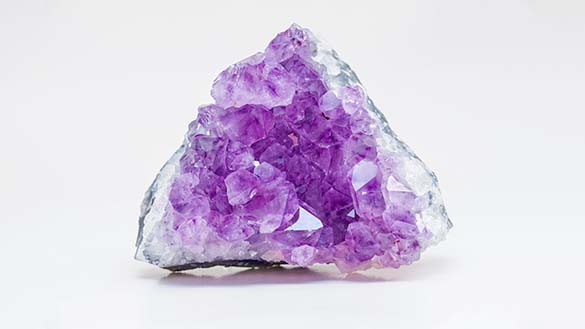
Brainstorm
Bug scientist
- What do you think the name for a person who studies bugs would be?
Record as many possible names as you can think of using a method of your choice.
When you are finished with your brainstorm, press ‘Answer’ to access the name for a person who studies bugs.
A person who studies bugs is called an entomologist.
“Entomo” is a Greek word that means insect, and “logy” is Greek for “the study of”. When you put these two words together, you get the new word “entomology.”
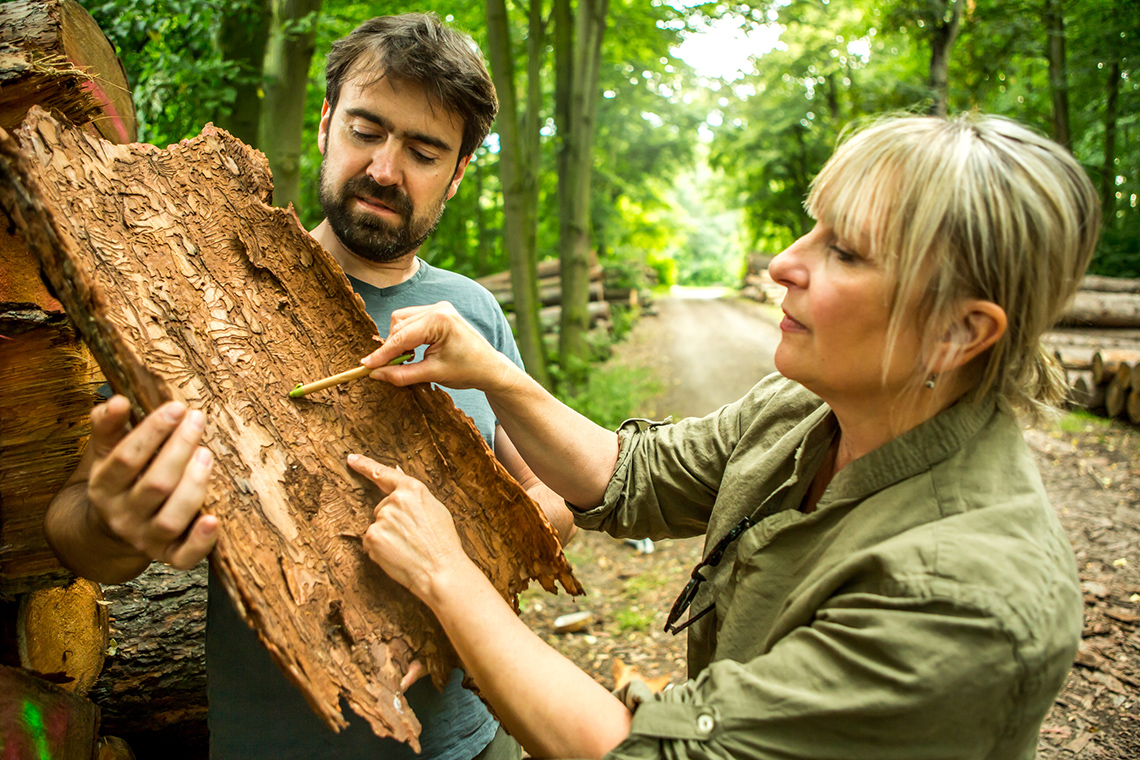
Root words
The special naming pattern for types of scientists uses root words. A root word is a word that can be used to make new words.
In English, root words often come from other, older languages such as Greek or Latin. We can look at the definition of root words from other languages to help us guess what some English words mean.
Explore the following words and root words. For each word, select the root word that it contains.
Pause and Reflect
Science words
Lots of science words end with “ology” or “ologist.”
Can you think of any other words that have “ology” and “ologist” at the end?
Record as many words as you can think of using a method of your choice.
Action
Ontario connection
This learning activity highlights people, places, or innovations that relate directly to the province of Ontario. Enjoy the exploration!

Spongy moths in Ontario
Plants and animals that share habitats rely on each other. This means that a change in the insect population can change the plant population, which has happened in Ontario before.
During the summer of 2021, some places in Ontario were overcome with spongy moths. These insects came from Europe in the late 1960s.
Did You Know?
Scientific names
Every animal has a special name that is used by scientists.
The scientific name for spongy moths is Lymantria Dispar Dispar.
When the spongy moth population becomes too big it can be harmful to forest habitats. If their larvae (or caterpillars) eat too many leaves, trees can become stressed and possibly die. This is called defoliation.

In 2021, spongy moths were harmful to forests in many areas of southern Ontario.
A map showing areas of moderate to severe defoliation caused by the Lymantria Dispar Moth in Southern Ontario. The heaviest concentration of defoliation is north of Lake Ontario as well as between Lake Huron and Lake Ontario.
What does the spongy moth do to forests?
- caterpillars feed on new leaves and may also eat other plants
- eating too many leaves puts trees at risk for other pests, drought, and poor growth
- hardwood trees can keep growing because they produce two times during the season
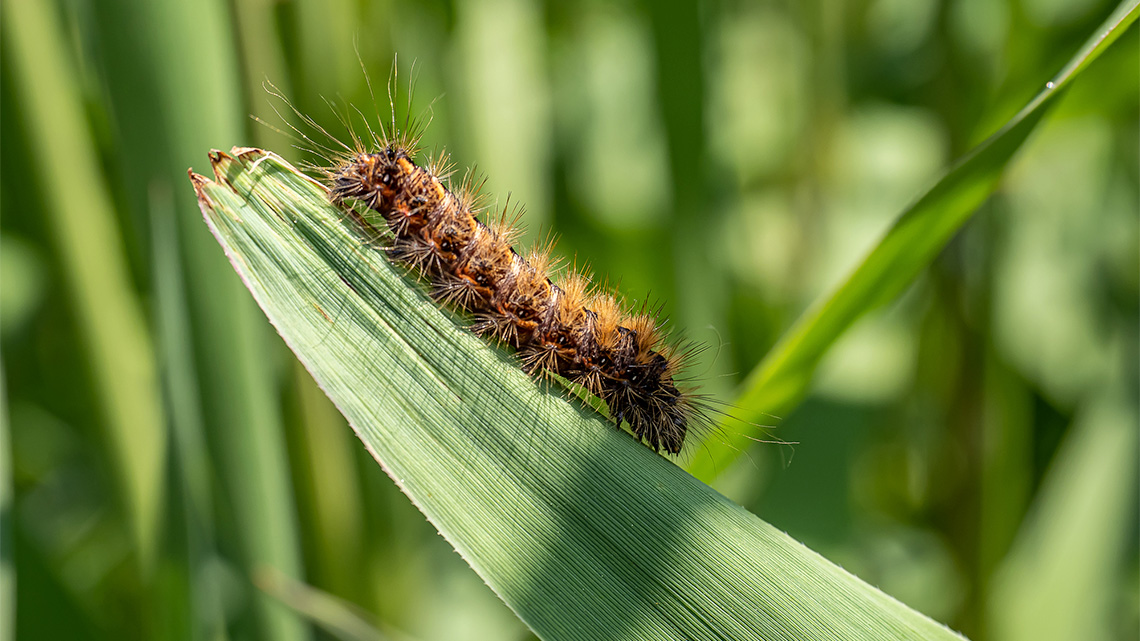
Invasive species
Spongy moths are one example of an invasive species.
So what exactly is an “invasive species”? Think about the word “invade” and what it means. Now make a guess about what you think an invasive species is.
Press ‘Answer’ to access the definition of invasive species.
An invasive species is any living thing that is not native to an area. This means that they are not originally from the area.
Invasive species disturb ecosystems. They can cause harm to other plants and animals that are native to an area.
Explore the following Mystery Files video entitled “The Mystery of the Alien Invaders” to learn about another invasive species: the Emerald Ash Borer Beetle!
Exploring invasive species in Canada
We are now going to explore invasive species that have come to Canada.
Press the following tabs to access descriptions and videos of some invasive species in Canada.
Rusty crayfish were originally used by fishers for bait. They were released into lakes and rivers beginning in the Kawartha Lakes region in the 1960s.
Explore the following Leo’s Fishheads video entitled “Invasion of the Rusty Crayfish” to learn more about this invasive species!
Sea lampreys are eel-like fish that invaded the Great Lakes region in the early 1900s when a shipping canal was created.
Explore the following Mystery Files video entitled “The Mystery of the Alien Invaders” to learn more about this invasive species!
Zebra mussels are freshwater mussels that traveled to Canada from eastern Europe and western Asia in the 1980s. They are very adaptable and can survive in many different water conditions.
Explore the following Mystery Files video entitled “The Mystery of the Alien Invaders” to learn more about this invasive species!
Asian carp is a general name for several invasive species of fish in Canada that all belong to the carp family. These fish are native to areas such as China and Russia and entered Canada in the 1960s and 1970s.
Explore the following Leo’s Fishheads video entitled “Border Patrol” to learn more about this invasive species!
Use the information in the previous accordion to complete the Invasive Species in Canada worksheet in your notebook or using the following fillable and printable document. If you would like, you can use speech-to-text or audio recording tools to record your thoughts.
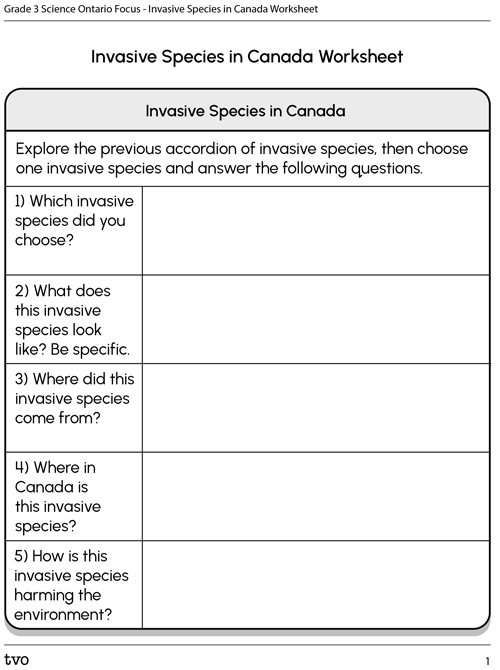
Press the Activity button to access Invasive Species in Canada Worksheet.
Activity (Open PDF in a new tab)Consolidation
Protecting water habitats
In this learning activity we have explored types of scientists, invasive species in Canada, and how invasive species harm habitats.
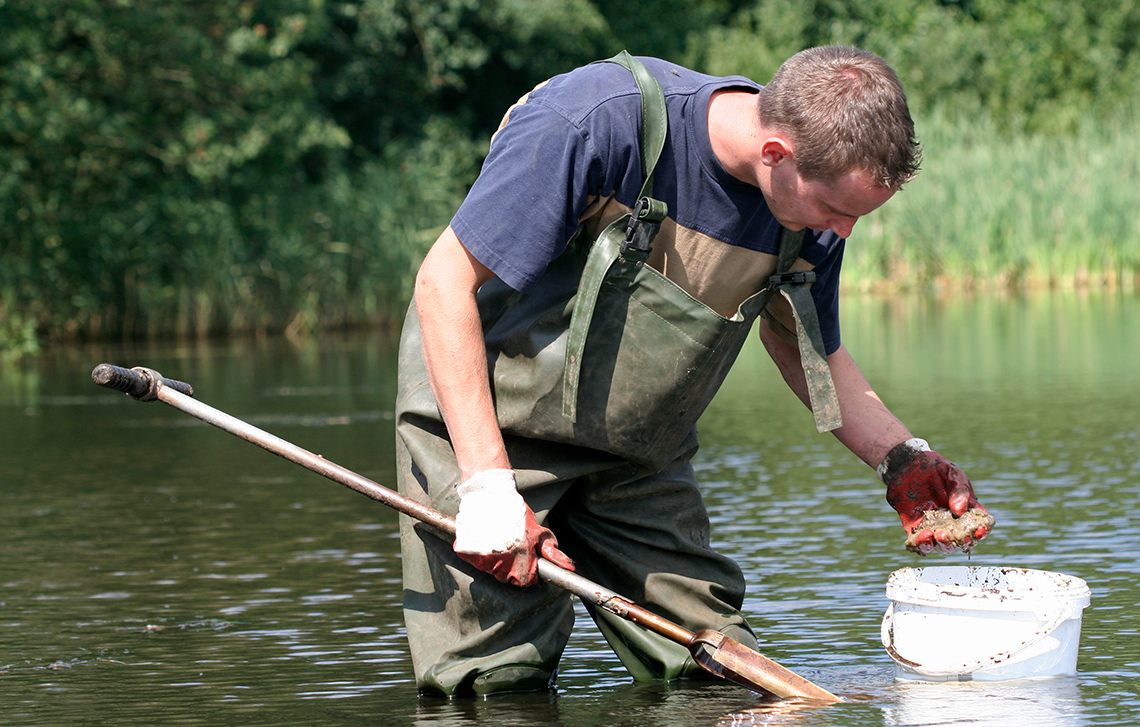
Think about what you have learned about invasive species and how they harm water habitats in Canada.
Now share what you have learned by creating a poster or by recording a presentation using a method of your choice. Include answers to the following questions:
- What is an invasive species?
- How are invasive species harming water habitats in Canada?
- How are scientists helping to address invasive species?
- What is one example of an invasive species in Canada?
Use the following checklist to help you make your poster or presentation.
I can share my learning by…
Reflection
How do you feel about what you have learned in this activity? Which of the next four sentences best matches how you are feeling about your learning? Press the button that is beside this sentence.
I feel…
Now, record your ideas about your feelings using a voice recorder, speech-to-text, or writing tool.
Press ‘Discover More’ to extend your skills.
Discover MoreAccess the following game: Leo’s FishFinders.
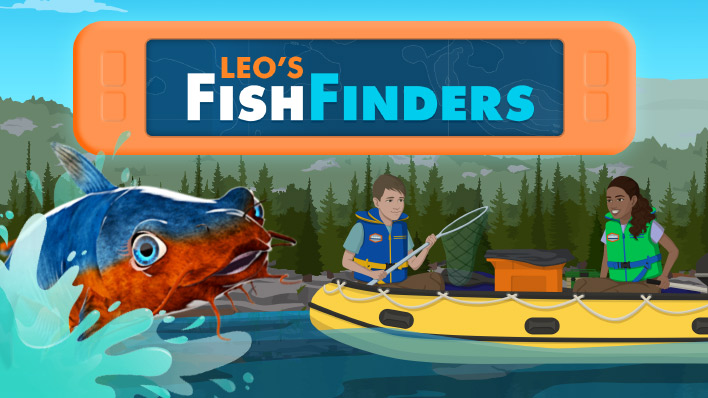
Press the TVOKids button to access Leo’s FishFinders–Leo’s FishHeads | TVOKids.com.
TVO kids (Opens in a new tab)